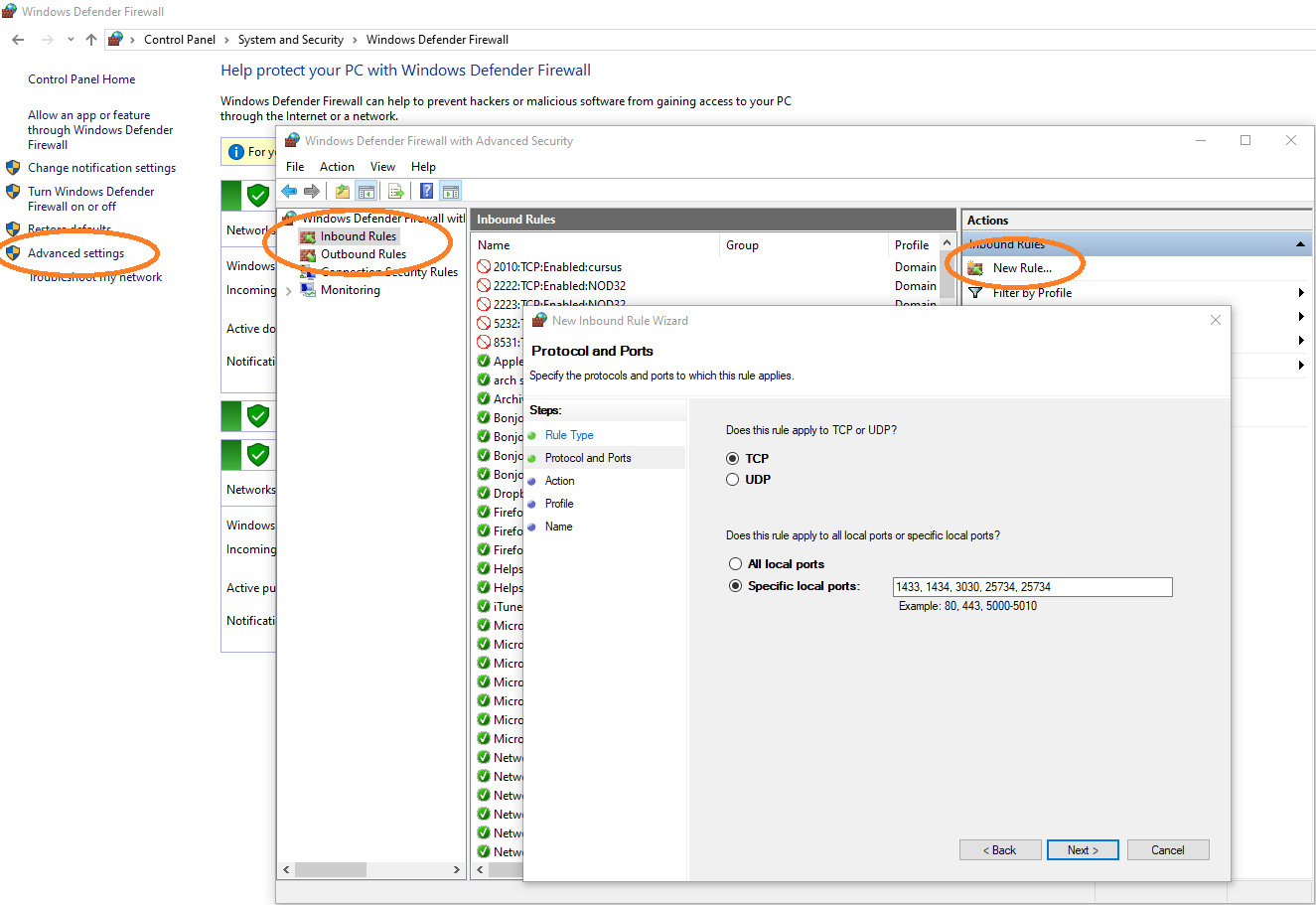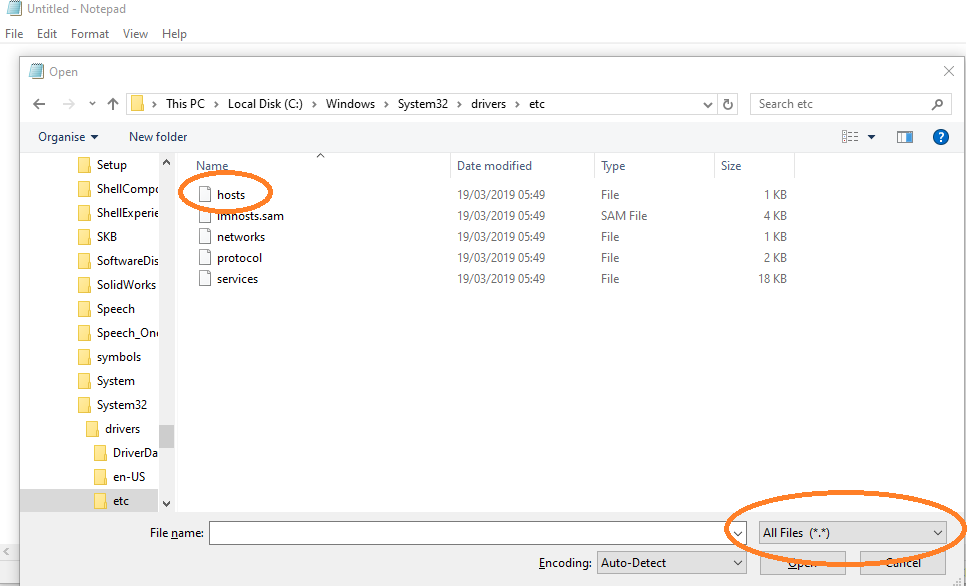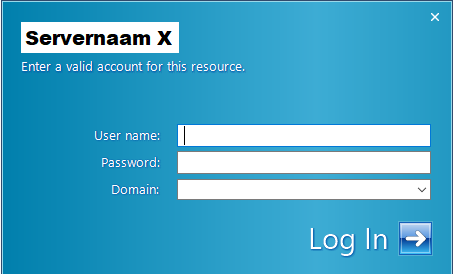If you use a SolidNetwork license and you suddenly have to work at home, you and your IT partner may encounter unforeseen challenges that you have not previously faced. Your IT administrator can make sure that a VPN (Virtual Private Network) connection can be established to the company network. However, it can be that there are not enough open gates or that the DNS of the server can no longer be tracked to the server. We share some tips about this topic in this blog!
Tip 1: Open up the gates
The default gates need to be opened in the firewall on the client side (the PC on which you want to use SOLIDWORKS PDM) are 25734 and 25735 for SolidNetwork License (SNL) Manager. Instead of ports 25734 and 25735, you can also choose to allow the programs lmgrd.exe en sw_d.exe in the firewall. This can be useful if ports other than the default ports are used for SolidNetwork License Manager.
If you use SOLIDWORKS PDM, gates 1433, 1434, and 3030 must also be opened. To ensure that the gates are open properly, we recommend setting this for TCP and UDP. For both applies that they must be set up inbound and outbound.
Side note: Other gates may have been used for various reasons. If that is the case, you can find it in your installation documentation. Then use the gates listed there to allow in your firewall.

Hoe should I do this?
- Go to: Windows Control Panel> Windows Firewall.
- Select Advanced settings in the left tab.
- Select Inbound Rules in the left tab and choose New Rule on the right side.
- Choose Porten specify TCP ports 25734 and 25735.
- Add also the posts 1433, 1434, and 3030 to it if you also use SOLIDWORKS PDM.
- Choose Allow the connection.
- Choose the appropriate type of profile where this applies to: Domain, Private, Public.
- Give a name to the rule, something like: ‘SolidNetwork License gates’ or ‘PDM ports'.
- Select Outbound Rules in the left tab and select New Rule on the right side
- Repeat steps 4-7 to create and allow and outbound connection for the implemented gates.
- Repeat steps 3-9. But choose at step 4 for UDP instead of TCP.

Tip 2: Solve the problems regarding the DNS
Because people suddenly connect to a VPN connection, there may be problems that become visible now when connecting to the server. After all, it worked without a VPN connection on the premises. It may be that the client PC cannot trace server name X to the correct PC while that server name X can be pinged, for example. This may indicate problems with the network Domain Name Server (DNS). Your IT administrator can take care of these problems, but in the meantime you can work around these problems temporarily by editing the hosts file, so that server name X in the background is automatically replaced by the ip address of the server (and vice versa).
How to do this:
- Click on the menu start.
- Type notepad in it.
- Run notepad as administrator.

- Click on file.
- Click on open.
- Go to: C:\Windows\System32\drivers\etc\.
- You may not see any files at this time. Change the file types to “All files (*.*)”.

- Open ‘hosts’.
- Add the ip address and the name of the server. Make sure that you do not put a # sign in front of this, because everything that has a # sign in it is comment and therefore has no function.

- Save the file under the same name "hosts" (so overwrite the old file).
Tip 3: Enter a valid account
Now that you are working from home, you may see the following login screen when using SOLIDWORKS PDM:

Although this is similar to the standard login screen of SOLIDWORKS PDM, you should not log in here with your PDM credentials. For this you have to use your Windows username and password.
Fill in the following:
- User name: Een Windows User account welke bekend is op de server.
- Password: Het wachtwoord van de desbetreffende Windows User.
- Domain: Het domein waar de server zich in bevindt. Meestal is de servernaam voldoende.
After this you can use the vault again as before and you will not receive the message again.
Hopefully, these tips will get you up and running quickly at home so you can still be productive in these difficult times.
If you have any questions about the above points, you can always contact our support department. We also follow up the advice of the RIVM and the government. We do everything we can to remain as accessible as possible for you.

